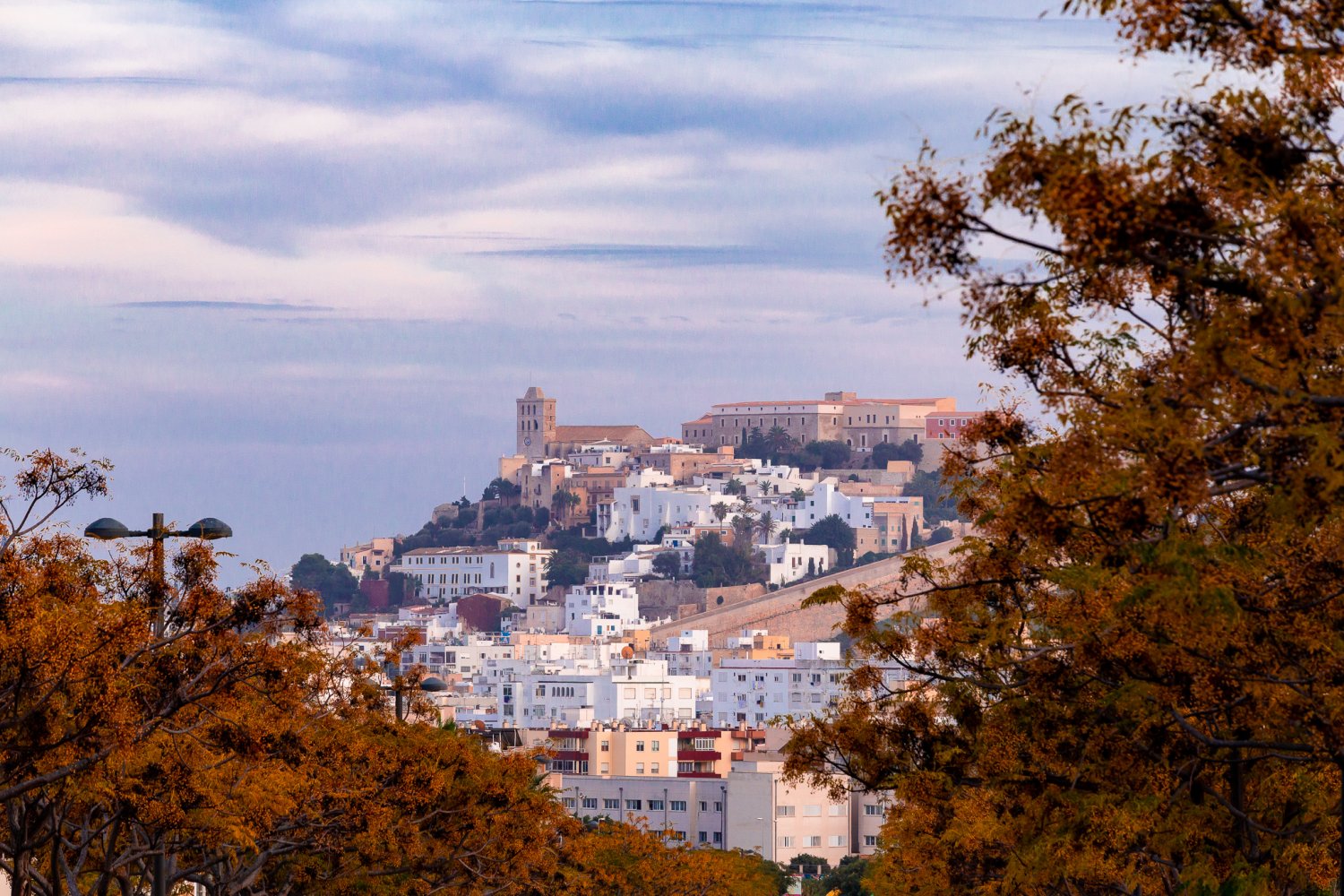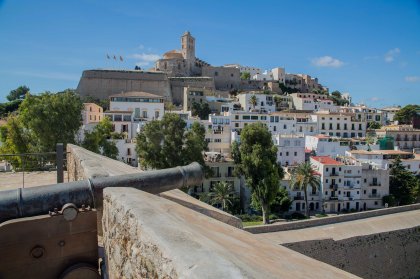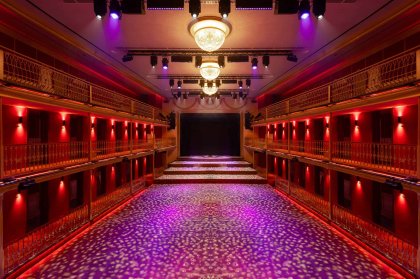UNESCO stands for the United Nations Educational, Scientific and Cultural Organization. One of its missions is to preserve cultural and natural heritage around the world, which it does by conferring the status of World Heritage Site to outstanding examples. At present, there are well over 1,000 such sites around the planet.
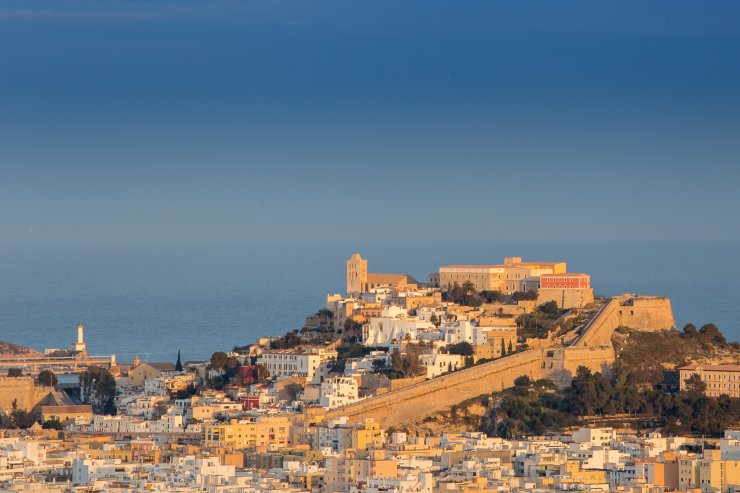
The first cultural asset in Ibiza to be awarded this status was the old quarter of Ibiza Town, Dalt Vila, back in 1999.
UNESCO chose this owing to the fact that its fortifications are an outstanding example of Renaissance military architecture. Designed by the Italian military engineer, Giovanni Battista Calvi, the entire structure is made up of seven arrow-shaped bastions covering a perimeter of almost two kilometres. Ibiza's example of this kind of defensive structure is one of the few left in the world that have not been demolished.

Within them lies the neighbourhood of Dalt Vila, whose network of winding streets and alleys, squares and ancient buildings is atmospheric and beautiful. Explore the walls, admire the views and soak up the ambience on your own or as part of a guided walking tour.

Many centuries before the walls were erected, around the year 650 BC, the first non-native people arrived on the island’s shores, seeking to exploit its natural resources and expand trading routes. By way of the Spanish mainland, these adventurers - originally hailing from the mighty city-state of Carthage - located today on the coast of Tunisia in North Africa - set up their base on the rocky headland of Sa Caleta, on the south-west coast, some 10 km from Ibiza Town.
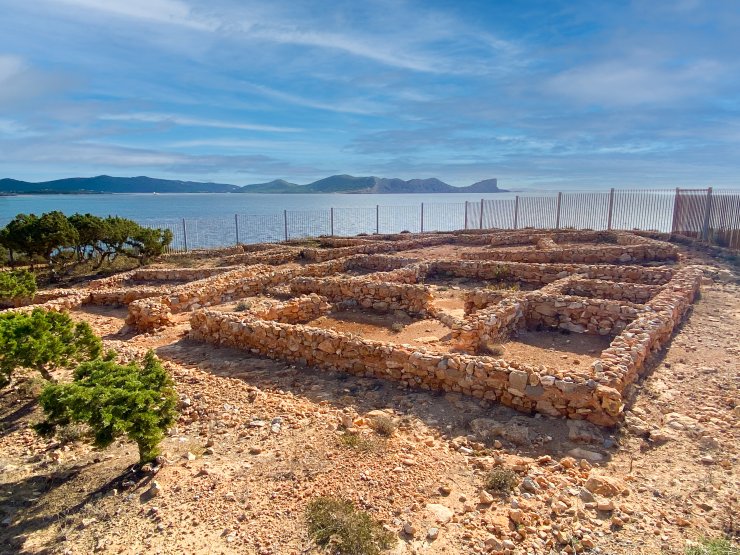
What attracted them to Ibiza was its natural salt marshes - salt being a highly valuable natural commodity at that time. The settlers from Carthage began collecting the salt deposits, thus kickstarting the island’s first commercial enterprise.
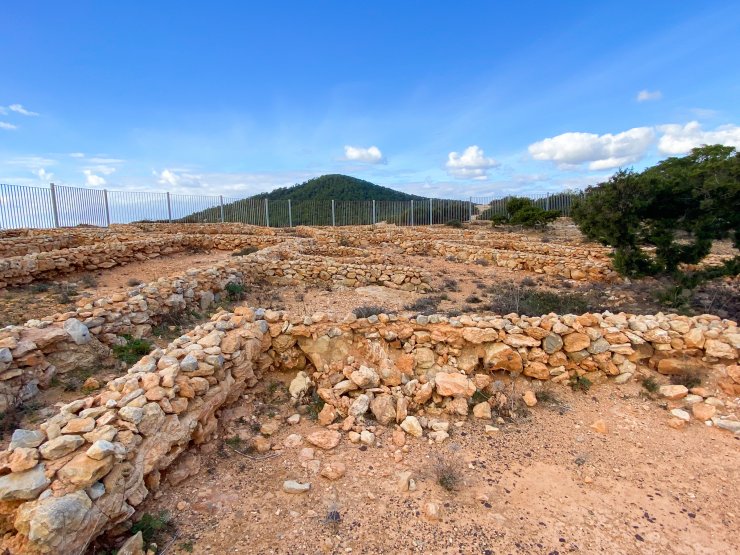
Archaeological digs at the site have revealed they also engaged in other activities including fishing, baking, weaving and metalworking. Within the space of fifty years, the settlement had developed into a mini urban centre that covered no less than four hectares. The remains are fenced off from the public. Nonetheless, this small historical landmark is worth checking out thanks to its fantastic views.
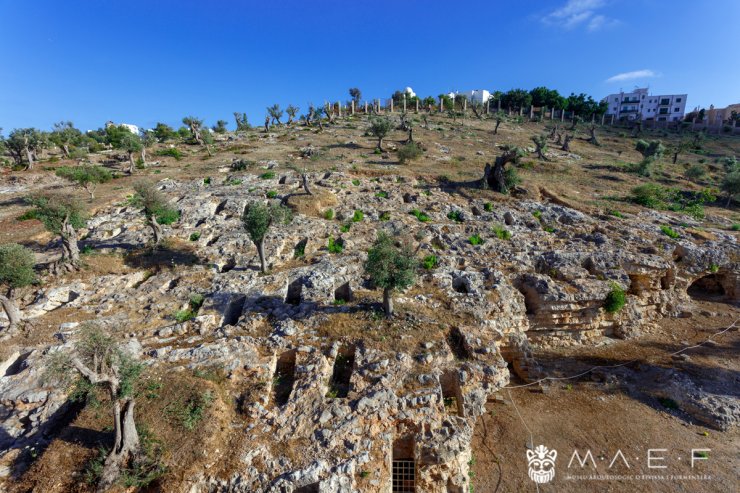
Mention of the Carthaginians, or Punic People, brings us to the third UNESCO site, the necropolis or burial grounds located on the hillside of Puig des Molins (Windmills’ Hill) overlooking the island capital they founded, known today as Ibiza Town. The largest, best-preserved necropolis in the entire Mediterranean, it is home to an estimated 3,000 graves, of which some 340 can be seen from the outside.
Visitors can view the site and the treasures that have been revealed in the tombs at the adjacent Archaeological Museum in person, virtually, or by attending one of the historical reconstructions held monthly.
Last but by no means least, the oceanic plant Posidonia, known as Poseidon Grass in English, is also part of UNESCO's World Heritage.
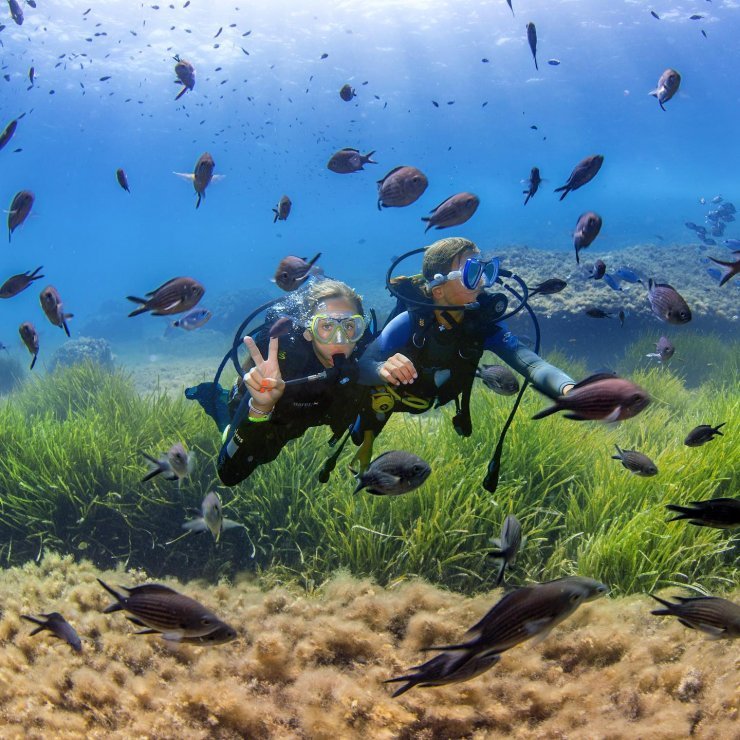
The underwater Posidonia meadows are said to be the world’s largest and longest-living organism, stretching back 100,000 years. Ibiza and Formentera’s are some of the Mediterranean’s best conserved. What’s more, they are a vital part of its ecosystem, oxygenating and filtering the water, reducing the erosive power of the waves and thus protecting the archipelago's fabulous beaches.
Something to bear in mind next time you go for a dip in the island’s crystalline waters.
Photo credit 7th image | Image Museu Monogràfic Puig des Molins
